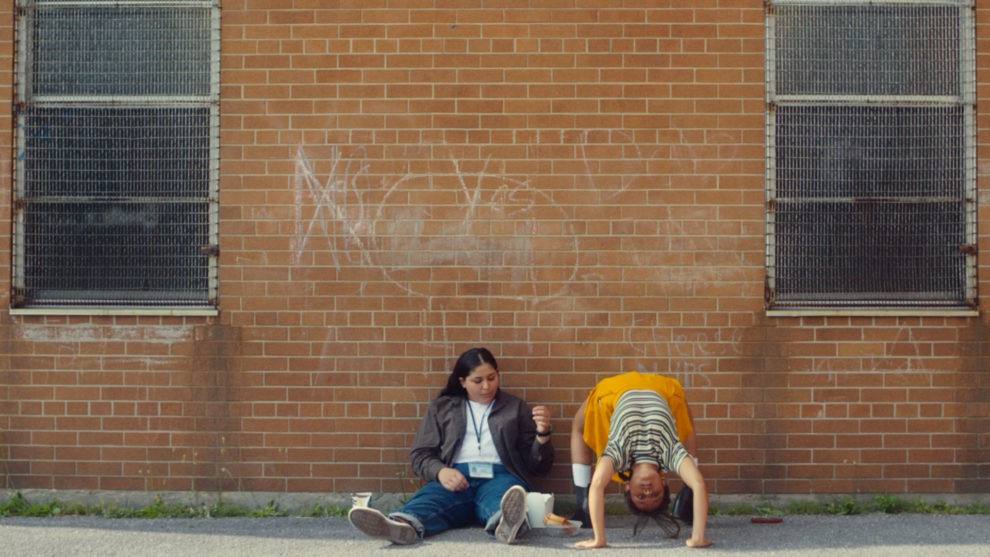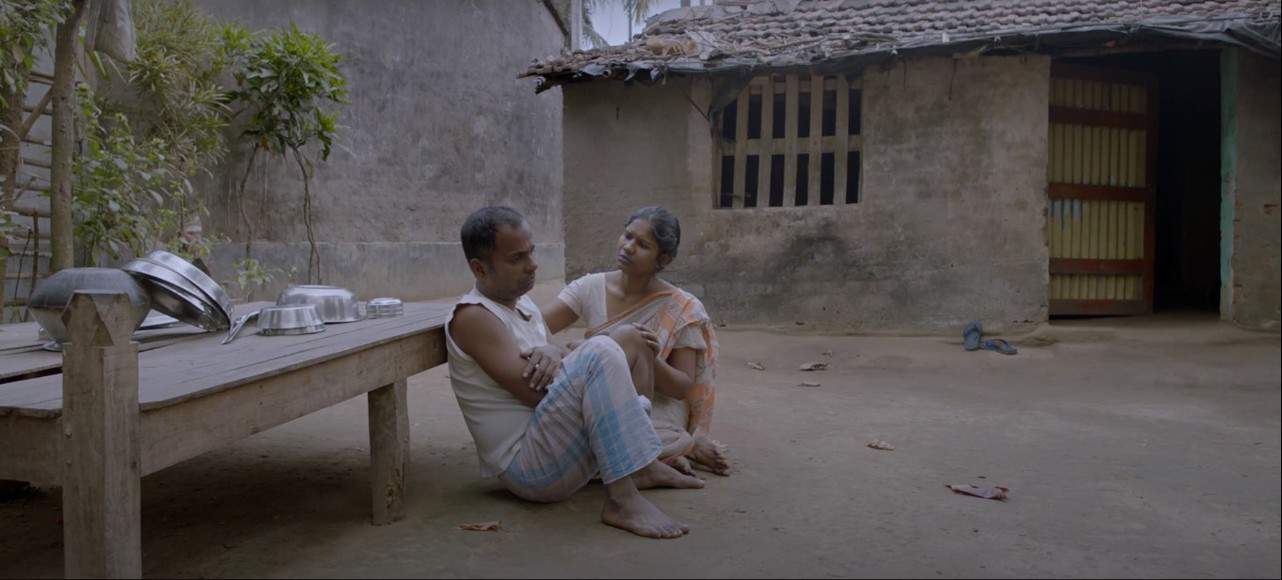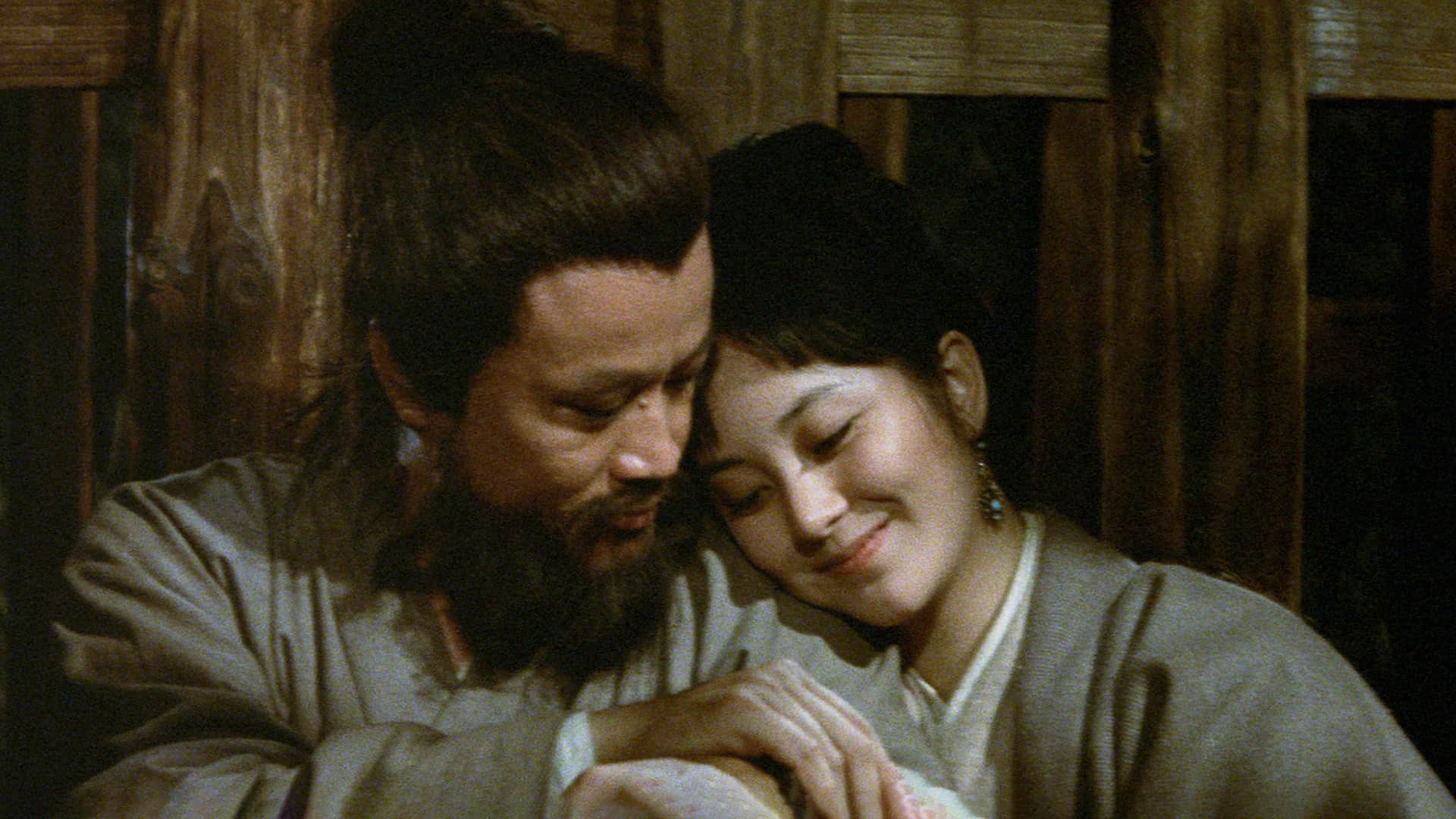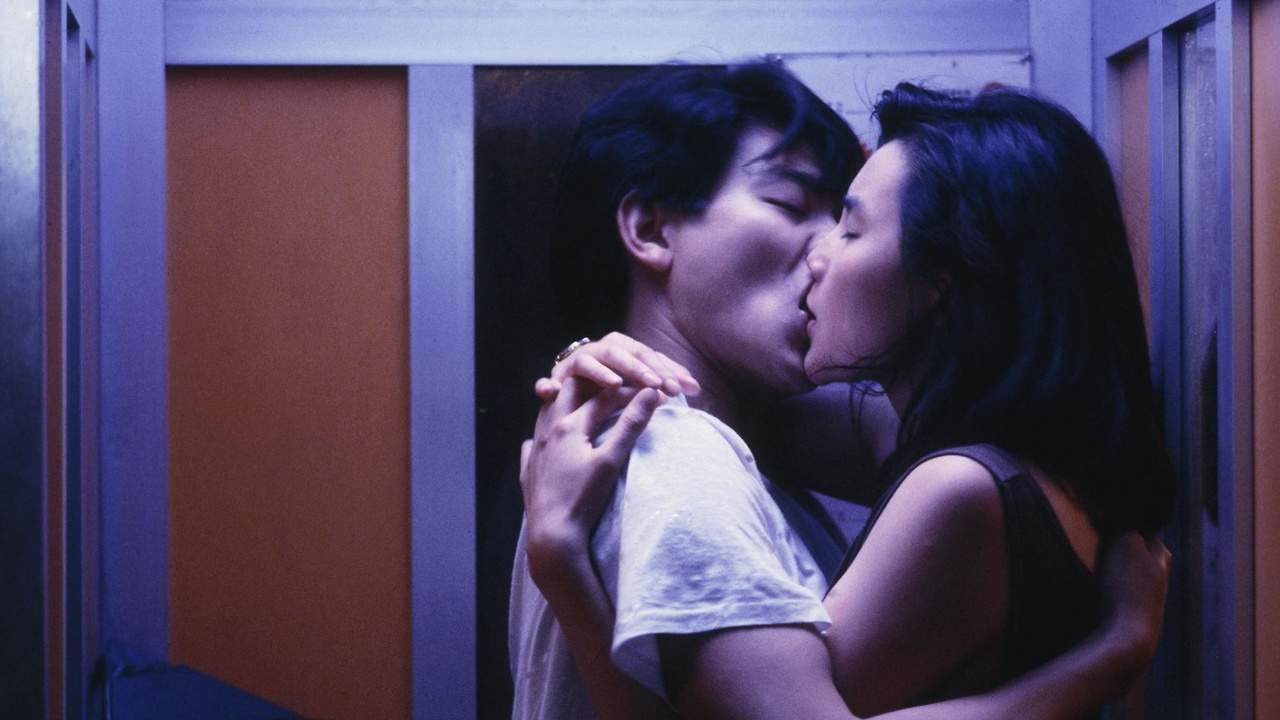The first feature film by Canadian director Andrew Chung has been presented in the program of this year's CAAMFest. Andrew Chung alias Andrew C is responsible also for the screenplay and production of the film. “White Elephant” is on some formal aspects a bit unhandy. But on an emotional level, a genuine coming of age drama.
The protagonist of the film is the young high school student Pooja. She has been born in Canada, but has Indian roots. Set in 1996, the film depicts the insecurities of the teenager and her friends through some popular films of the time such as “Romeo + Juliet” by Baz Luhrmann. Pooja dreams to take the role of the heroine and her crash Trevor to be her Romeo. Unfortunately, Trevor is a white boy. He and his friends don't even think of mingling with Pooja and her friends, all of Indian descent. In fact, the different spheres are clearly separated.
And since Pooja dares to aspire to cross the borders of race restrictions, she finds herself caught between two stools. She tries to adapt to more Western looks. She uses bright contact lenses and inserts blond strands into her dark hair. These efforts are, of course, meaningless and make her the object of criticism from both sides. There seems to be no solution to the situation. The other immigrant children consider her a traitor to her real origins. And the whites are not willing to look behind the mere race differences.
Pooja and her friends experience what most of immigrants and their children do. They are torn between the wish to be accepted for being themselves and the urge to adapt to another culture in order to be successful. The dialogues of “White Elephant” are a bit simplistic. The cast however, mostly first-time actors, evokes a feeling of authenticity and works very well together. The confrontations between Pooja and her best friend are touching as well as funny.
The role of Pooja is incorporated by Zaarin Bushra. She has been awarded for this part at the Canadian Film Fest in 2021. Bushra is an actor and filmmaker herself, who has been born in Bangladesh, but lives and works in Canada. Therefore, in “White Elephant”, she is confronted with feelings and a situation she most probably knows quite well from her personal experience. Equally impressive is the performance of Gurleen Singh, who plays the role of Manpreet. Singhs gives to her character, devoted to Poojah by unconditional friendship, with her nonchalant and sarcastic way an unusual strength.
Andrew C and his cinematographer David Z. Lam refer in their style to typical coming-of-age dramas of the 1990s. The front credits are one particular example for it. The protagonist is shown in different poses in her room, while the scenes are cut very quickly. The pace of film in general is quite quick, although the rhythm lacks continuity.
Besides the fact that the front credits as well as the end titles appear excessively long, there are two sequences in the film that seem disconnected from the rest. One shows Pooja sitting in the car with her father and in the other Pooja runs around the school campus searching for Trevor. Both scenes are drawn-out and therefore miss a bit of their expressiveness. Technically, they are not very innovative either. On the one side they use a hand camera aesthetic that seems to have gotten out of control and therefore looks amateurish. On the other side the shooting happens through the car window, using always the same perspective but put together by many cuts.
Overall “White Elephant” is a sensitive drama about young people struggling with their place in life. The topic of intercultural society and immigration is dealt with in a differentiated manner. The film is supported by a convincing cast. With a more mature approach to the formal level of film making, it could have found its public also beyond the younger generations.
















